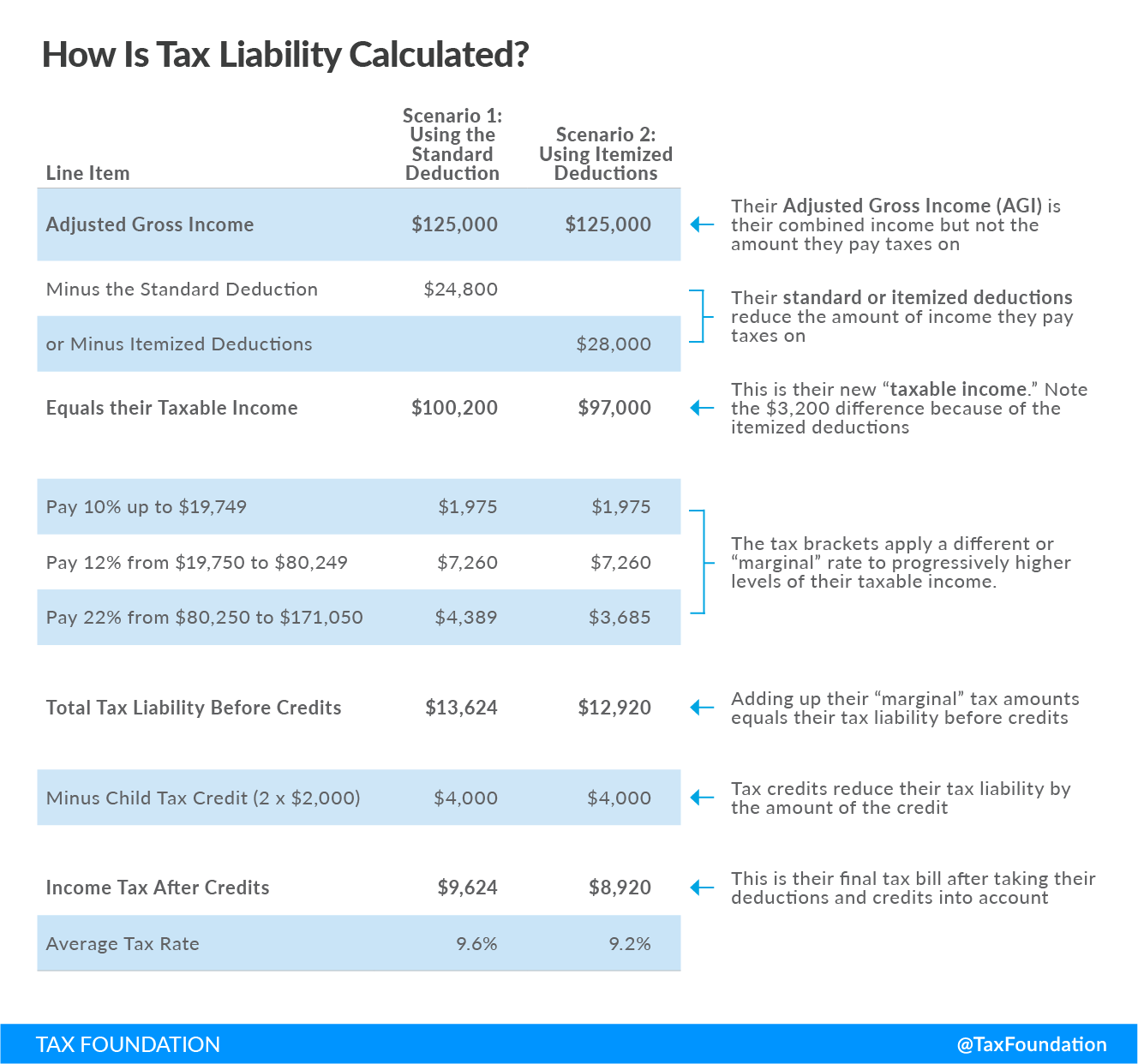A tax credit is a provision that reduces a taxpayer’s final tax bill, dollar-for-dollar. A tax credit differs from deductions and exemptions, which reduce taxable income, rather than the taxpayer’s tax bill directly.
What Types of Credits Are There?
Tax credits can be divided into two types: Refundable and nonrefundable. A refundable tax credit allows a taxpayer to receive a refund if the credit they are owed is greater than their tax liability. A nonrefundable credit allows a taxpayer to only receive a reduction in their tax liability until it reaches zero.
How Do Tax Credits Work in Practice?
Suppose a taxpayer, Chris, who has one dependent, comes to the end of the filing process and owes the IRS $1,300 (his tax liability). A tax credit would reduce this amount owed by the amount of the credit the taxpayer is eligible for. In this case, Chris would want to claim the Child Tax Credit, which is valued at a maximum of $2,000 per child ($1,400 of which is refundable). If he took no other credits and met the income thresholds, Chris would receive a $100 refund (see example A).
Let’s assume that Amy is a taxpayer who cares for her elderly mother (see example B). Under current law, Amy may qualify for the Child and Dependent Care Tax Credit (CDCTC), which reaches its maximum at $1,200. Amy has $1,000 in tax liability. If she meets the income thresholds, is eligible for the maximum credit, and takes no other credits, she will not owe the IRS any taxes. Even though the maximum credit is greater than her total tax liability, because the CDCTC is nonrefundable, the credit can only reduce her liability until it reaches zero.
| Refundable Credit (Example A) | Nonrefundable credit (Example B) |
|---|---|
| Chris’ Tax Liability = $1,300 | Amy’s Tax Liability =$1,000 |
| Apply the Child Tax Credit ($2,000 total; $1,400 refundable) | Apply the Child and Dependent Tax Credit (CDCTC): $1,200 total |
| $1,300-$1,400 = -$100 | $1,000 – $1,200 = -$200 |
| Chris’ Refund = $100 | Amy’s Liability: $0 (Amy has no refund because the credit is nonrefundable) |
Because refundable credits often result in refunds, they are more expensive in terms of lost revenue.
Tax Credits vs. Tax Deductions
Tax credits directly reduce tax liability dollar-for-dollar, while tax deductions reduce tax liability by the amount deducted multiplied by the taxpayer’s marginal tax rate. For those in the lower income quintiles, tax credits are more valuable than deductions, since there is less income to deduct and refunds provide more disposable after-tax income. By contrast, deductions are preferred by higher-income taxpayers since they are subject to higher marginal tax rates on income they would otherwise exclude.
Stay updated on the latest educational resources.
Level-up your tax knowledge with free educational resources—primers, glossary terms, videos, and more—delivered monthly.
Subscribe